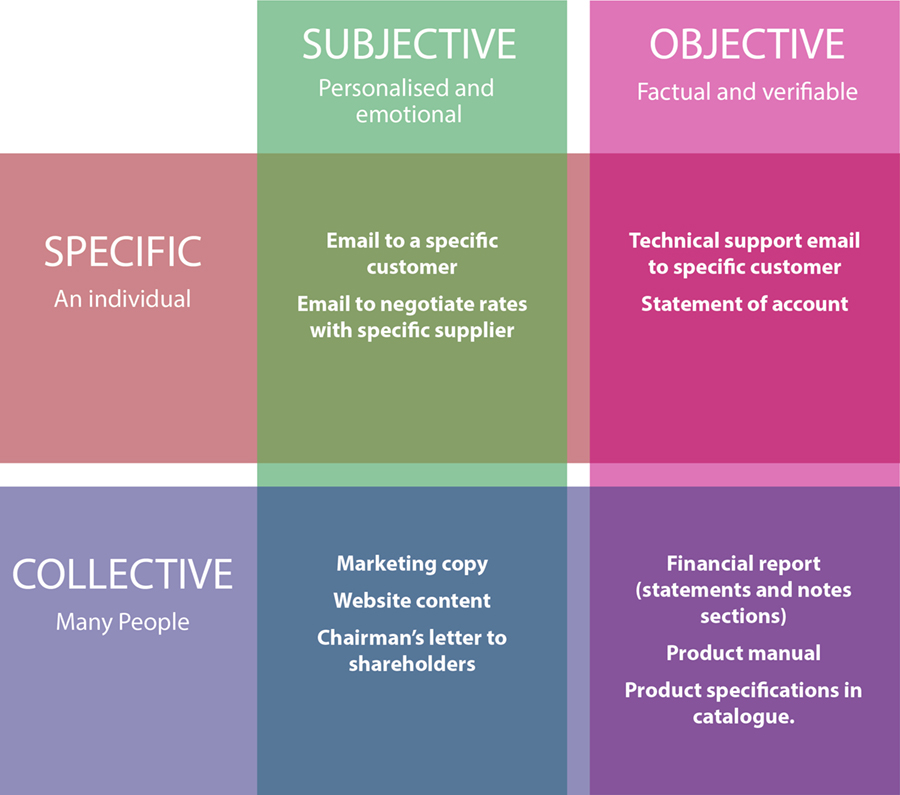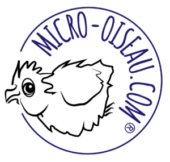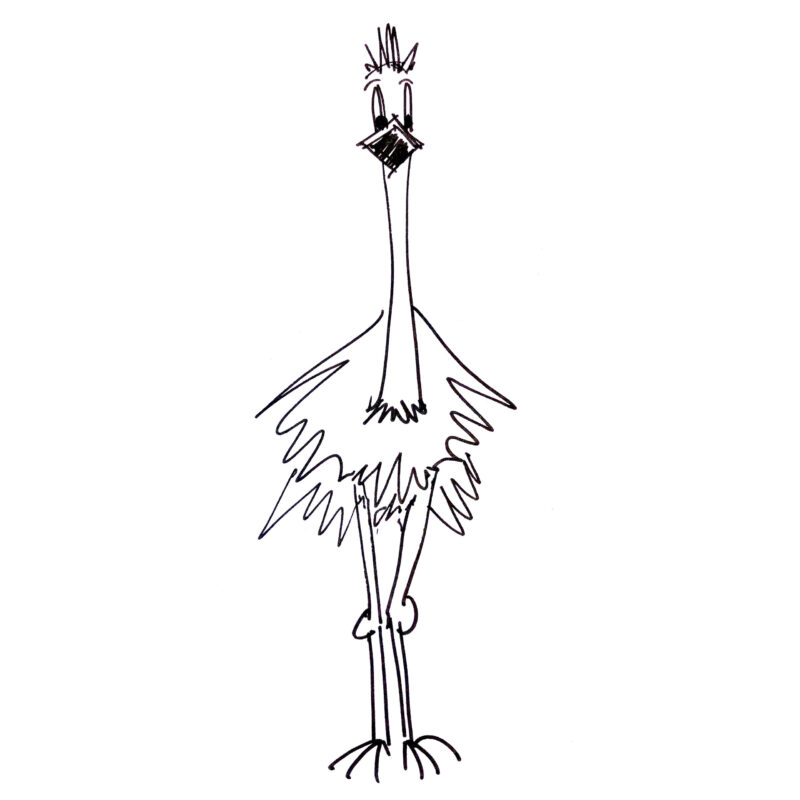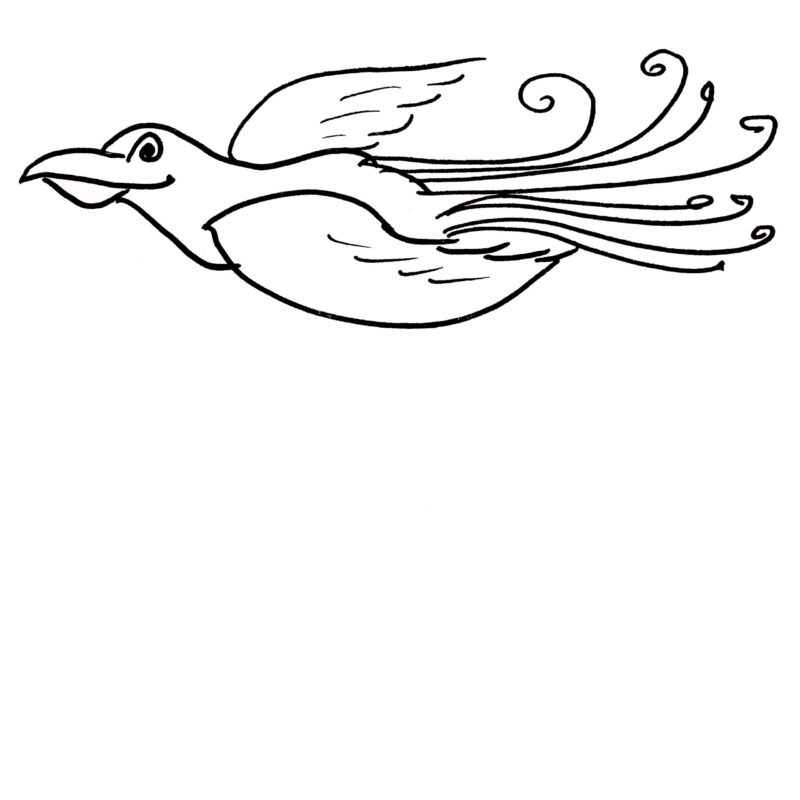Be understood: how to create content in a foreign language
Where do I start?
So you need to create content in a language that’s not your own. You may have relocated to a different country, have international employees or are simply keen to attract international customers. Whatever your reason, the right translation support will help establish a good reputation, save you time, money and misunderstandings, together with building your customers’ trust.
You’ve worked long and hard on the copy for your website, and customers in your native language are being drawn to your product or service. Now the time has come for you to create a version of your website or marketing materials in another language — a language you don’t speak, or don’t speak as well as your native tongue.
You’re likely to have all sorts of questions about what to do next:
“Do I contact a translation agency?”
“Could I save money by hiring a freelance translator?”
“What about writing some of the copy myself and having someone proofread it?”
“Is Google Translate a worthwhile option?”
“What is ‘automated content generation’? Could that work?”
And, “How do I know that I’m getting accurate and quality content in a language that I don’t understand?”
The choice you make will depend on the type of content you want to create.
If only there were a model to help with all these questions…
How to Create Content in a Foreign Language
Decision Model
The two axes describe the type of text to be created:
The horizontal axis refers to the style of content, which can be either ‘subjective’ personal and emotional or ‘objective’ factual and verifiable.
The vertical axis refers to the target audience , which can be either ‘specific’ for an individual or “collective” for many people.

- the upper-left quadrant represents highly subjective, creative content aimed at just one person, like an email to a specific prospective customer hoping to persuade them to purchase your product;
- the upper-right quadrant represents objective information aimed at one person, say an email giving technical support to an existing customer;
- the lower-left quadrant represents subjective content aimed at a collective audience. Marketing copy is a typical example of this;
- the lower-right quadrant represents objective information again intended for a collective readership — a product manual or ‘How To’ guide, for example.
Of course, any single document or text may have sections that fall into more than one quadrant, but with this general framework in mind, you can more easily decide what type of service provider is best for the job.
‘Lefty loosie…’
The most important content for your business lives in the left-hand, subjective column and is all about building relationships and trust. Because of this, creating that content in another language will also benefit from nurturing a personal relationship with a translator.
Engaging an agency for translating this type of text inserts a degree of separation between you and the person who will be converting your ideas into another language. It’s a bit like the telephone game at parties where you whisper a message to one person, who then turns and whispers that message into another person’s ear, and so on around the circle. At the end, it’s amusing to find out just how much the original message has changed!
There are quality, ’boutique’ agencies out there that do their best to minimize this effect, and they may be the best option for certain types of project. You could think of these as sort of a ‘hybrid’ between freelance translators and the larger language-service agencies.

‘Righty tighty…’
Content in the right-hand, objective column of our model is more based in fact and requires less personal interpretation or cultural filter. The lower-right quadrant, in particular, is often where you will find lengthy documents and reports — often urgent — that a single translator alone may struggle to complete in the time available.
Because of the objective nature of these texts, they also suffer less from the ‘telephone-game’ effect, so a direct relationship with the translator(s) is not as crucial, and you may benefit from an agency that can quickly put together a team of content translators for you. The size of the agency will depend on both the size and any ‘subjectivity’ of the project at hand.
Objective content like this may also be suited to technological solutions, such as Google Translate or other ‘machine translation’ tools (followed, ideally, by what we call post-editing, which is when an actual person checks and corrects the machine-translated text), automated content generation (or ‘natural language generation’), computer-assisted translation, and content management systems. A freelance translator can certainly make use of these tools too, but agencies may have greater resources to take full advantage of them.
It is worth being clear that using automated, algorithmic or AI systems like these for highly subjective content — which requires human understanding and interpretation — can lead to loss of trust, as it is clear the text has not been translated accurately or with appropriate cultural nuance and, as such, it is unlikely to give you the results you want for your business or reflect well on your brand.
The Translation Golden Rule
The more subjective, personalized and emotional your text, the more important the direct, personal relationship between you and your translator.
“Words travel worlds. Translators do the driving.” Anna Rusconi
Just remember …
When it comes to how to create content in a foreign language, for the important words that will create engagement, sales and build the relationships you need for your business to grow, a direct relationship with a translator is essential.
Mutual understanding and trust can only be reached through an open exchange and discussion of ideas and perspectives. It is this which will give you confidence in the words you use in a foreign language to achieve the results you want, even if you can’t read it yourself.






